The Role of Technology in Shaping Modern Education

In the 21st century, technology has revolutionized nearly every aspect of human life, and education is no exception. The traditional classroom, once dominated by chalkboards and paper textbooks, is rapidly evolving into a digital landscape where learning is interactive, flexible, and accessible to a global audience. This transformation, while laden with opportunities, also brings challenges that require thoughtful navigation.
A Paradigm Shift in Learning
Technology has made knowledge more accessible than ever before. With just a few clicks, students can access online courses, e-books, and tutorials from some of the world’s leading educators. Platforms like Khan Academy, Coursera, and YouTube have democratized education, breaking geographical and economic barriers. Furthermore, tools such as virtual reality (VR) and augmented reality (AR) are making learning immersive, allowing students to explore historical sites, dissect virtual organisms, or simulate engineering experiments—all from their classrooms or homes.
Empowering Teachers and Students
For educators, technology provides innovative ways to engage students. Interactive whiteboards, digital assessments, and analytics tools allow teachers to tailor their lessons to individual learning styles and needs. Students, in turn, gain agency in their learning journeys. They can pace themselves through adaptive learning software, collaborate with peers globally on projects, or delve deeper into subjects that spark their curiosity.
Challenges to Address
However, this technological revolution is not without its drawbacks. The digital divide—the gap between those with access to technology and those without—poses a significant challenge, particularly in developing nations or rural areas. Additionally, the over-reliance on digital tools risks diminishing critical thinking and interpersonal skills. Screen fatigue and the potential for distractions further complicate the scenario.
The Way Forward
To harness the full potential of technology in education, a balanced approach is necessary. Governments and institutions must invest in infrastructure to ensure equitable access to digital tools. Teachers should receive training to effectively integrate technology into their pedagogy. Parents and educators must also encourage a healthy balance between screen time and traditional learning methods to foster well-rounded development.
In conclusion, technology has the power to transform education, making it more inclusive, engaging, and effective. While challenges remain, they are surmountable with strategic planning and collaborative efforts. As we embrace the future, it is essential to remember that technology should complement, not replace, the human elements of teaching and learning.


